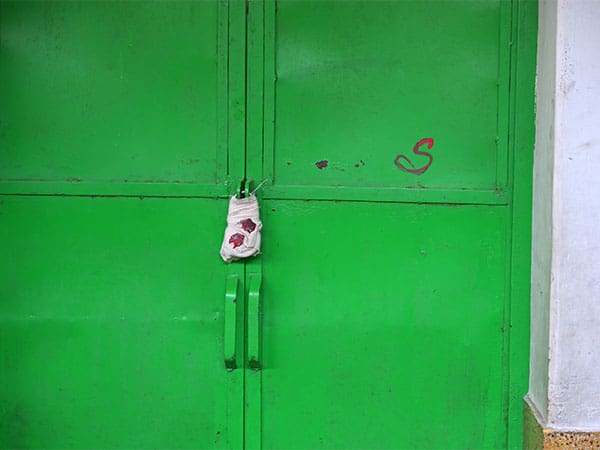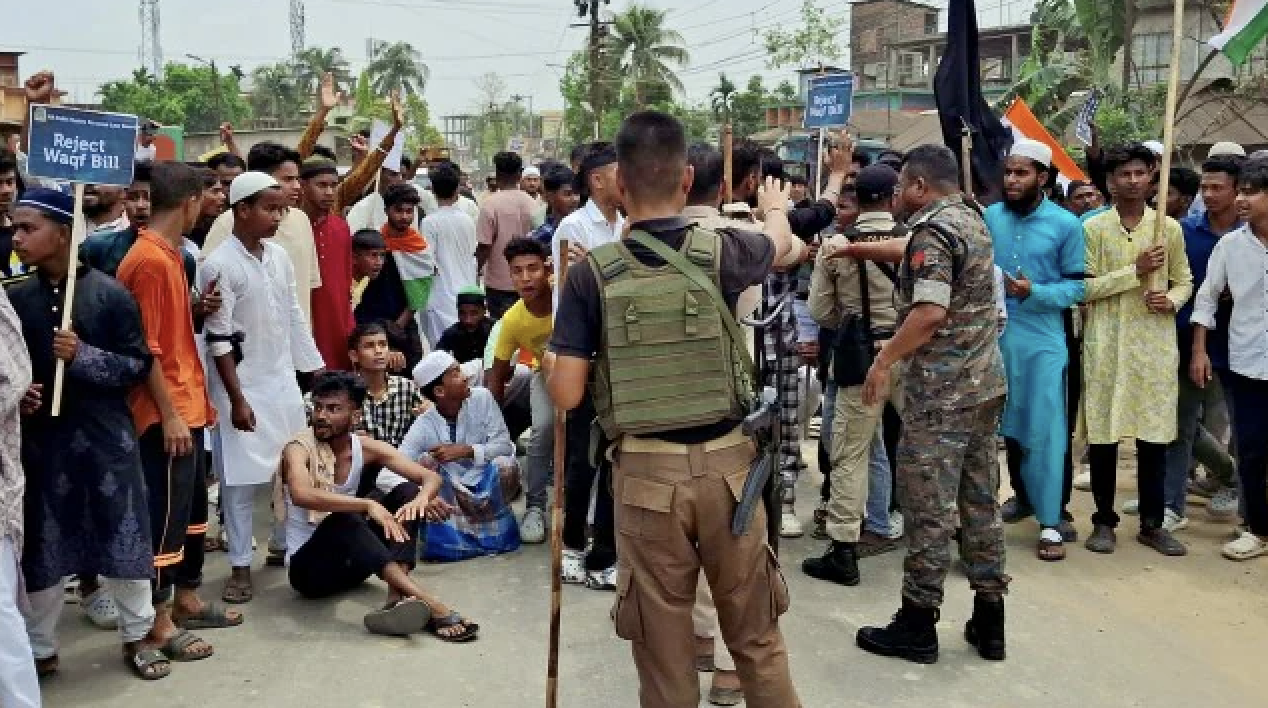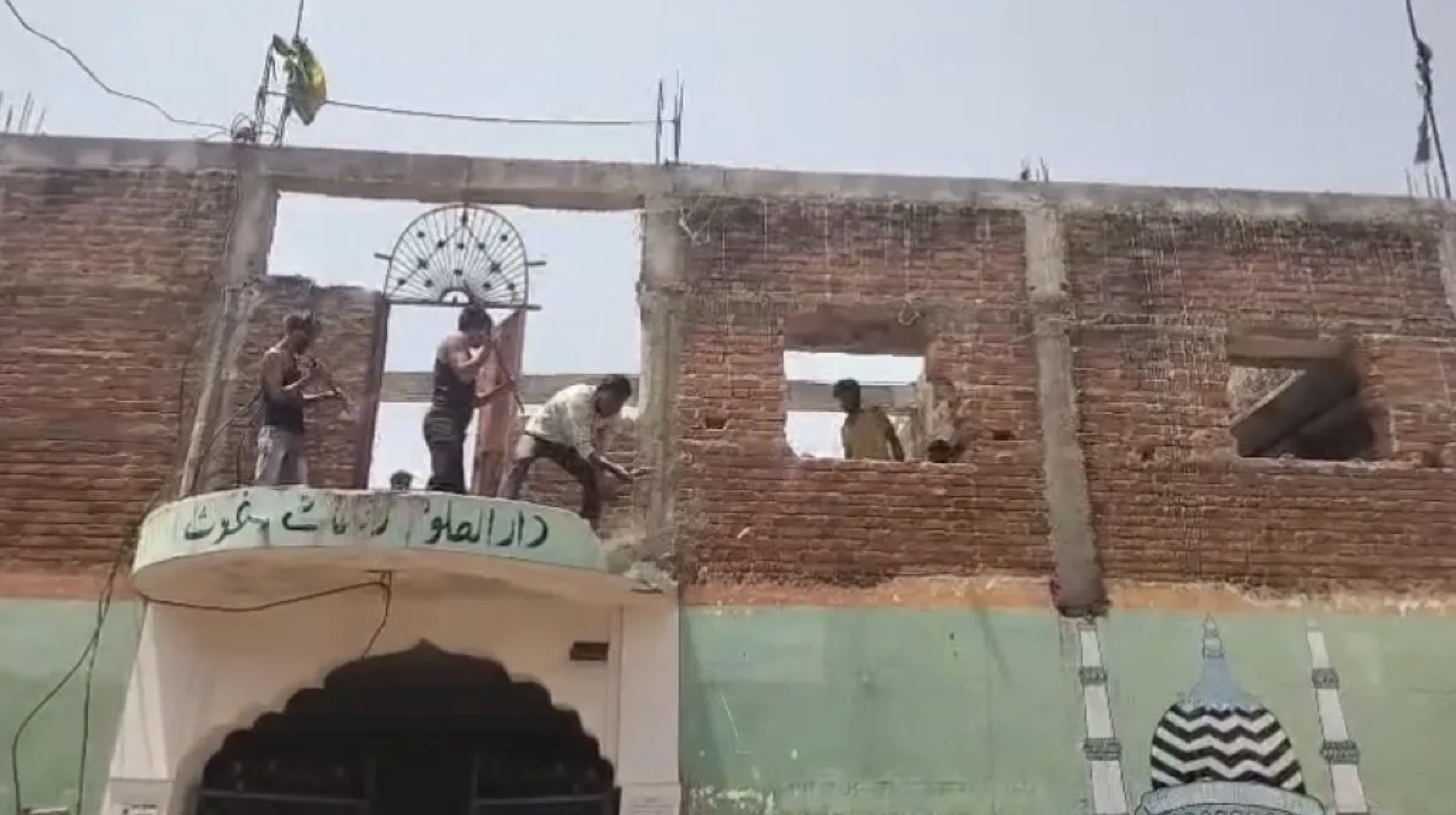
Murshidabad: Murshidabad district in West Bengal remains tense following a flare-up over a protest against the amendment to the Waqf Act which left at least three people dead.
While the state administration has claimed the situation is under control, the latest round of violence has exposed deep faultlines in an increasingly polarised state and the administration’s inability to anticipate or contain the unrest.
Acting on the Calcutta high court’s directive, central forces have been deployed in several areas of the district since late April 12. From the morning of April 13 (today), joint route marches by central and state police are being held in volatile pockets of the districts. Authorities are also considering peace talks involving all stakeholders to restore calm.
Mobile internet was turned off in areas of Bengal this weekend, with unconfirmed reports claiming that group forwards and posting on WhatsApp was curtailed.

What began as a regular protest against the controversial Waqf Bill spiralled into full-blown violence following an alleged stone-pelting incident in Jangipur area of the district. Despite prior indicators of unrest, police were caught unprepared and the clashes ballooned.
Thousands of students and young men affiliated with minority organisations started agitations, blocking the National Highway 12 and affecting inland road connectivity between North and South Bengal. Protesters allegedly hurled bricks at police, set fire to government buses, police vehicles, and ambulances and were caught on video looting shopping malls. Khalilur Raman, Trinamool Congress MP from Jangipur also reportedly came under attack. To control the situation, police used batons and fired tear gas shells.
This story was originally published in thewire.in. Read the full story here.






